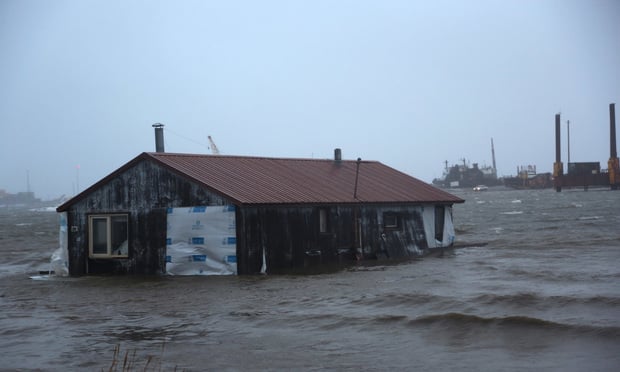 According to the NOAA, a storm surge should not be confused with a storm tide. A storm tide is defined as the water level rise due to the combination of storm surge and the astronomical tide. Even though the rise in water level can cause extreme flooding in coastal areas when a storm surge coincides with normal high tides and can reach up to 20 feet or more. (Credit: Peggy Fagerstrom/AP)
According to the NOAA, a storm surge should not be confused with a storm tide. A storm tide is defined as the water level rise due to the combination of storm surge and the astronomical tide. Even though the rise in water level can cause extreme flooding in coastal areas when a storm surge coincides with normal high tides and can reach up to 20 feet or more. (Credit: Peggy Fagerstrom/AP)
The standard ISO property, homeowners and dwelling coverage forms each contain a water exclusion that extends to exclude loss caused by storm surge. It seems that recent hurricane paths have come further inland and resulted in an inordinate amount of flood loss. How can one determine if a loss in an inland area is from flooded rainwater or a storm surge?
Recommended For You
Want to continue reading?
Become a Free PropertyCasualty360 Digital Reader
Your access to unlimited PropertyCasualty360 content isn’t changing.
Once you are an ALM digital member, you’ll receive:
- Breaking insurance news and analysis, on-site and via our newsletters and custom alerts
- Weekly Insurance Speak podcast featuring exclusive interviews with industry leaders
- Educational webcasts, white papers, and ebooks from industry thought leaders
- Critical converage of the employee benefits and financial advisory markets on our other ALM sites, BenefitsPRO and ThinkAdvisor
Already have an account? Sign In Now
© Touchpoint Markets, All Rights Reserved. Request academic re-use from www.copyright.com. All other uses, submit a request to [email protected]. For more inforrmation visit Asset & Logo Licensing.







